Travel Guide
Americans Are Traveling In Record Numbers To These 3 Lesser Known Destinations In Spain
When you think of Spain, it’s probably places like Andalusia, Catalonia, and the Balearics that first come to mind.
Concentrating some of the country’s top beaches and world-renowned landmarks, and boasting an unrivaled gastronomy and social scenes, these three regions are probably Spain’s leading regions for tourism.
Given their undeniable popularity, you’d expect them to also lead in numbers as far as year-on-year growth goes, especially among Americans. Surprisingly, they’re far from claiming the top spot.
The fastest-growing Spanish region in terms of overnight stays by U.S. tourists is, in fact, the lesser-known Extremadura, in the southwestern part of Spain:


Americans Now Flocking Into Extremadura
According to data published by Spain’s National Statistics Institute, Extremadura has registered a record-breaking 45 percent increase in the number of American visitors between January and July of this year, compared to the same period in 2024.
For comparison purposes, it outperforms the runner-up region, the Balearic Islands, which is home to popular beach destinations like Mallorca, Menorca, and Ibiza (up 14 percent), and it’s significantly ahead of the national average of only 2 percent.


In actual figures, 15,587 overnight stays fulfilled by Americans were recorded in 2025. This does not mean, of course, Extremadura is now more popular as a destination than, say, Barcelona or Seville, but it does signify it’s getting trendier at a surprisingly fast pace.
That being said, Extremadura is a vast region, steeped in history, and characterized by its millennia-old towns and mountainous terrain—so where could Americans possibly be headed?
City-specific visitation numbers haven’t been provided, but we can take a wild guess and assume Extremadura’s triad of culture-loaded cities:
Trujillo
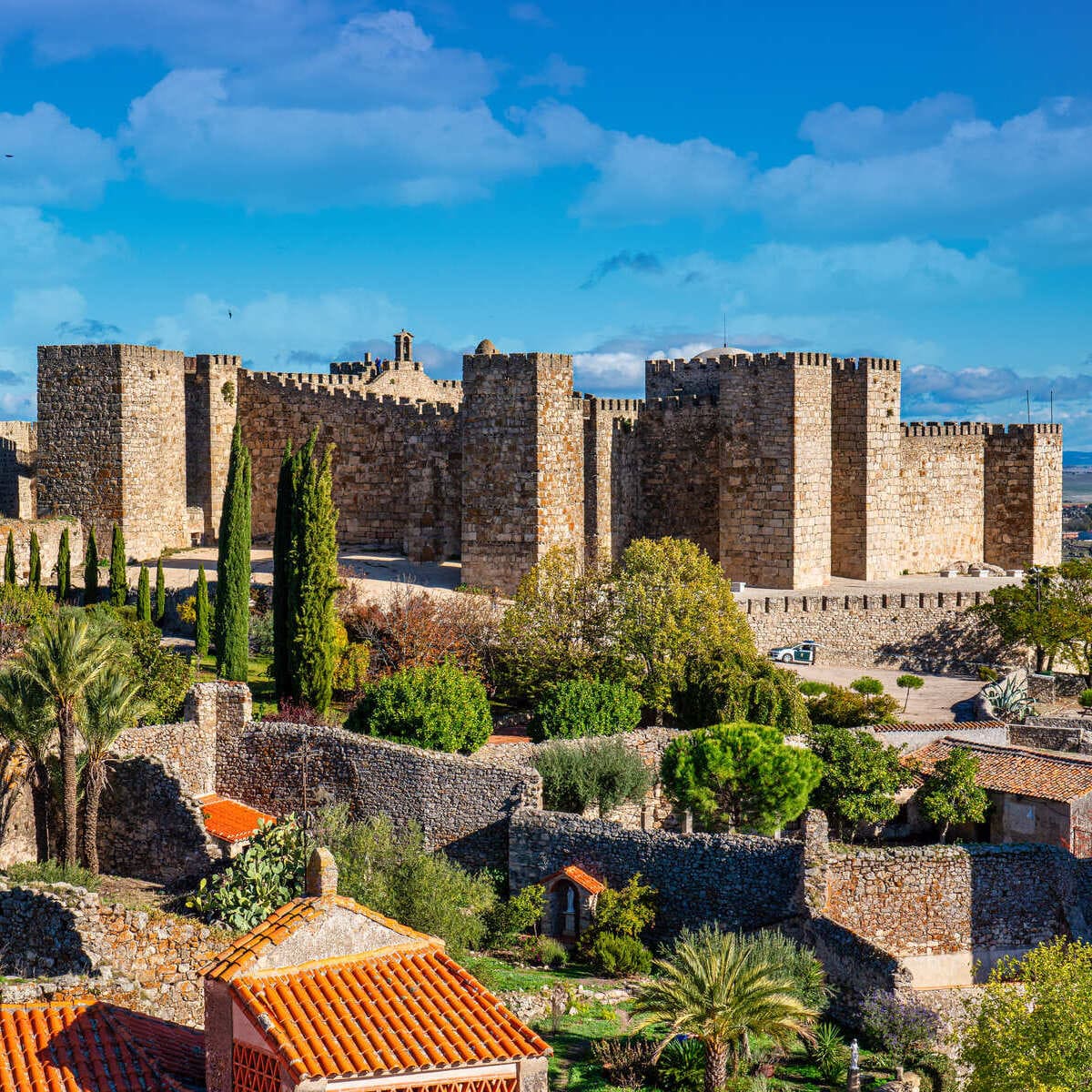

One of Spain’s best-kept secrets, Trujillo is the perfect starting point for exploring Extremadura.
Perched on a hill overlooking verdant plains, it is distinguished by its postcard-ready Old Town, virtually unchanged since the Middle Ages, a sturdy, imposing Trujillo Castle, which dominates the idyllic townscape, and architectural charm.
The Church of Santa María la Mayor is a prime example of Gothic and Renaissance architecture, whereas Conquistadors’ Houses are a set of palatial complexes and dwellings that once belonged to explorers who first made landfall in the Americas.
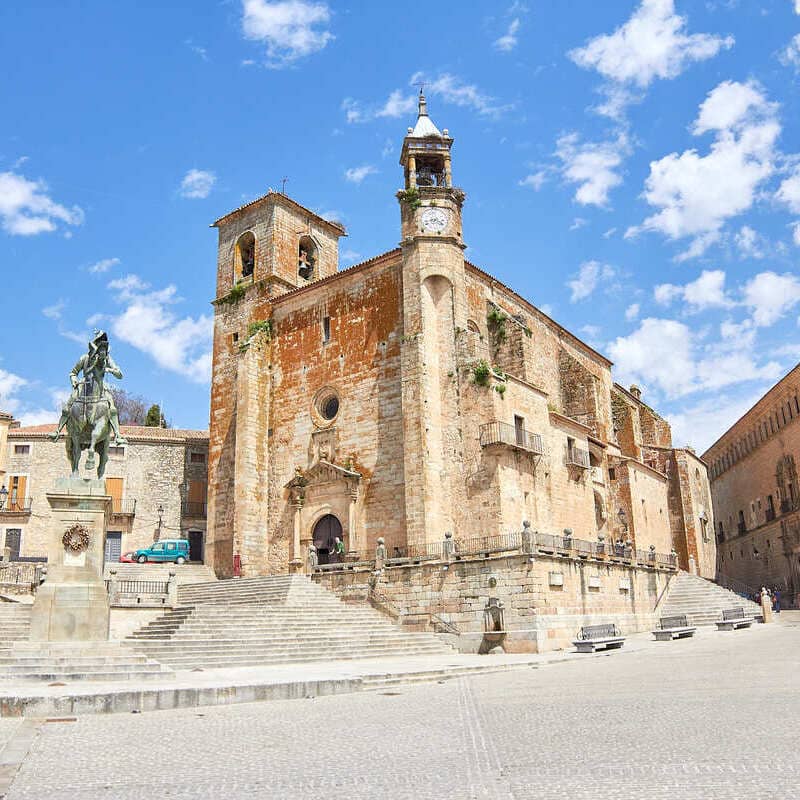

Trujillo also feels quieter than your average Spanish destination, with smaller crowds and a slower-paced lifestyle, and if you love grilled meats, definitely add the Michelin Guide-listed Corral del Rey to your restaurant wishlist.
If you’re looking for something a little more, you know, medieval-themed to go with the overall aesthetics of the place, El Medievo, best known for its pork sirloin with Serena cheese sauce, and delicious torrija with cinnamon ice cream.
Cáceres
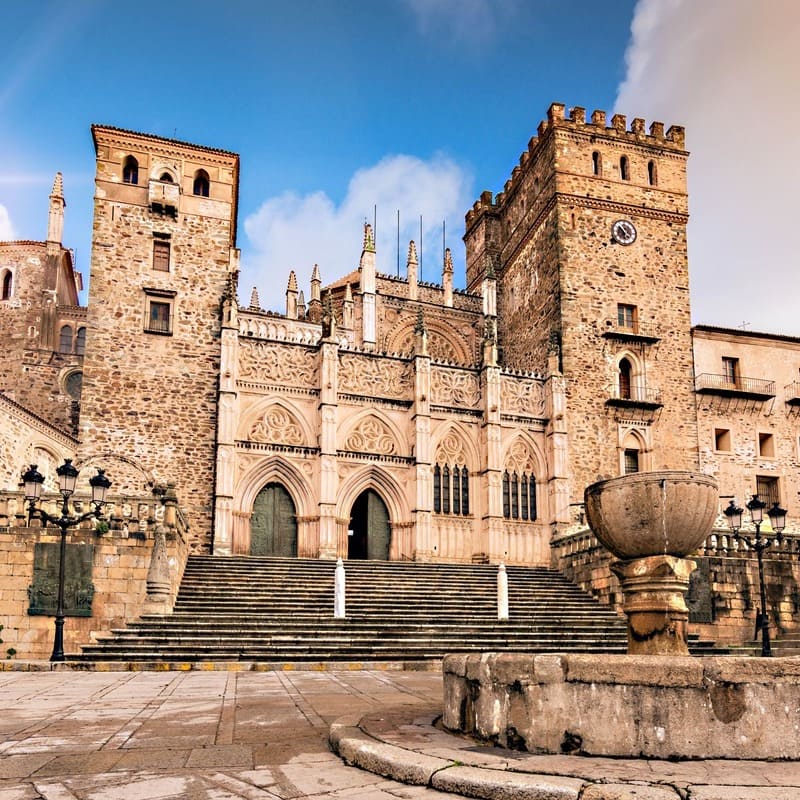

The shining gem in Extremadura’s crown, Cáceres, is widely considered a part of Spain’s ensemble of best-preserved medieval settlements.
Picture narrow cobblestone streets lined with centuries-old houses and taverns, pastoral plazas with storybook-like wishing wells, and monumental fortifications to top it off.
The Old Town, known locally as Ciudad Monumental, is entirely encircled by walls, built by the Moors upon their conquest of southwestern Spain, and it features a whopping 30 towers, several of which remain intact.
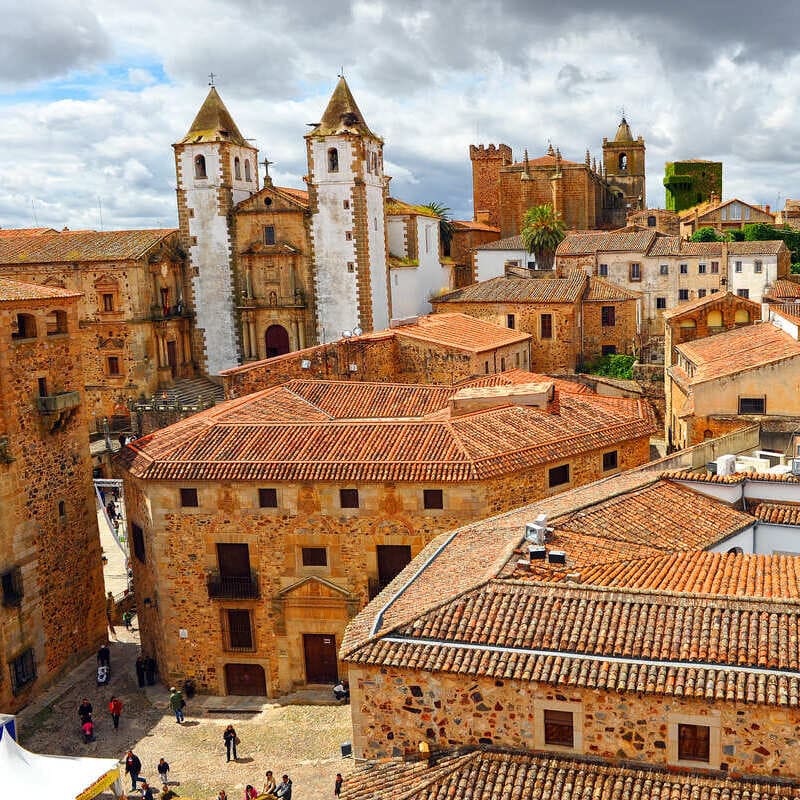

The most famous of these towers, Torre de Bujaco, commands a breathtaking panorama of the city’s red-bricked roofs and whitewashed Baroque cathedral, though if you’re hoping to soak up all that Old World allure whilst being in the center of the action, Plaza Mayor is where you should be headed.
Ringed by historic buildings, it is the best spot to grab some tapas and an off-season tinto de verano as you people-watch, and take in all the amazing details of the stone-built edifices that surround you—if we may add, the square’s Cafeteria Chocolat’s is home to the best pastries in town.
Mérida
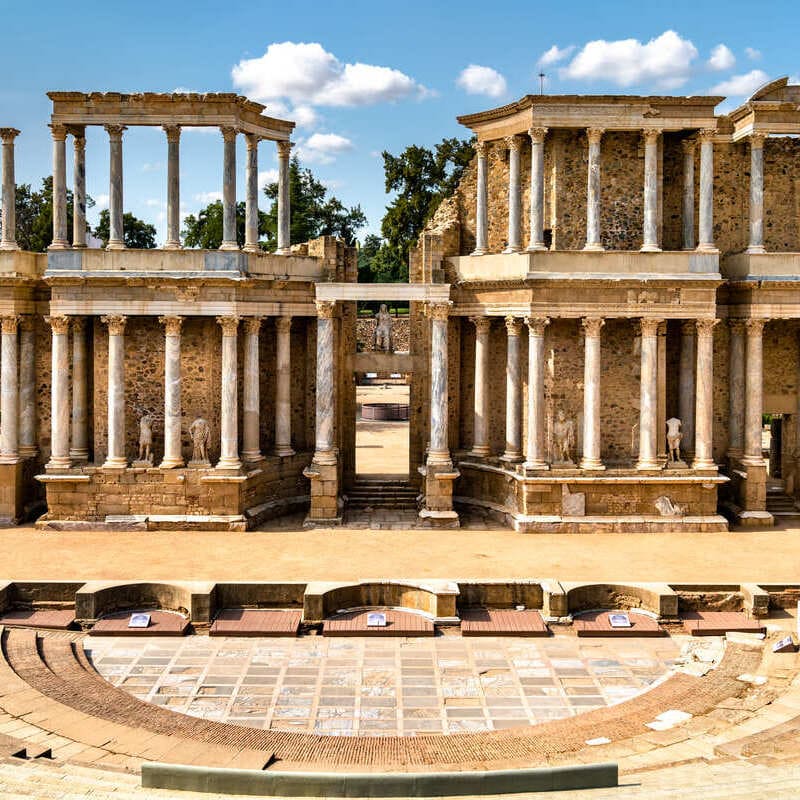

Informally considered the ‘Rome of Spain’, and the capital of Extremadura, Mérida is one of the most referenced examples of a Roman-era city in Iberia.
It features theaters, temples, aqueducts, and even an urban layout that’s largely preserved from Ancient Times. Before it became the administrative center and cultural heart of Extremadura, it was formally the capital of the Roman province of Lusitania, and it feels nothing short of imperial indeed.
Its Roman Theater & Amphitheater, still hosting performances to this day, are among the best-preserved in Spain, and in the heart of the Historic Center, there stands a Temple of Diana, with surviving columns and an ornately carved main portal.
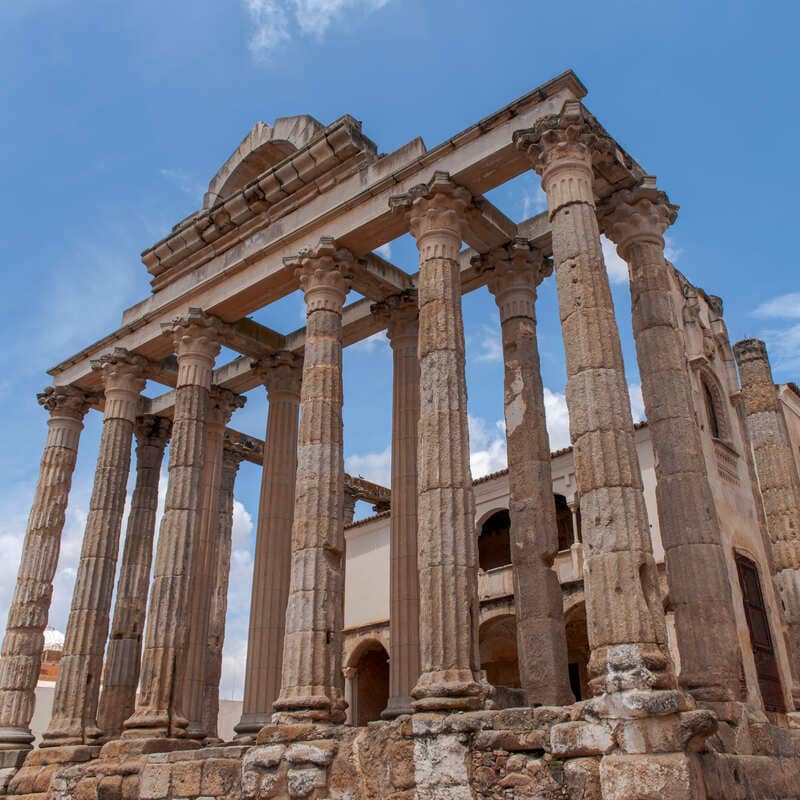

If you’re into museums, you can’t miss out on the National Museum of Roman Art, probably the best of its kind you’ll find in Spain, and the permanent home of Mérida’s fascinating archaeological finds, or the towering Catedral de Santa María de Mérida.
It’s distinguished as one of Spain’s oldest cathedrals still in use, having first served as a Roman temple, and its grandiose nave, and solemn interior still whisper tales of bygone civilizations and fallen empires.
The Travel Off Path Advantage: Your Travel Toolkit
Subscribe To Our Latest Posts
Enter your email address to subscribe to Travel Off Path’s latest breaking travel news, straight to your inbox.
